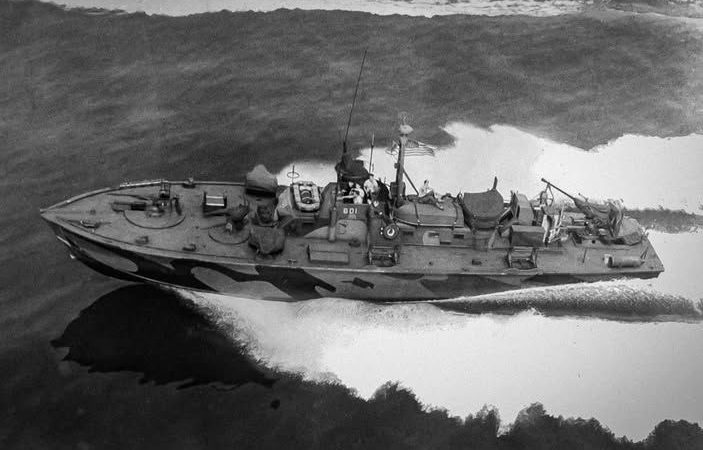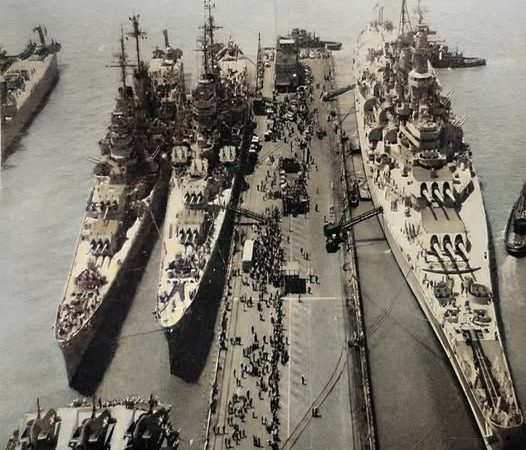HMS Glory (R62): A Historical Reflection on the Clyde Estuary, June 27, 1945
On June 27, 1945, the HMS Glory (R62) was officially commissioned in the serene waters of the Clyde Estuary, marking a significant moment in British naval history. This light fleet carrier, with her sleek design and impressive capabilities, was intended to bolster the Royal Navy’s presence during the final stages of World War II. Despite her late entry into the conflict, HMS Glory would go on to play a pivotal role in the events that followed the war’s conclusion.
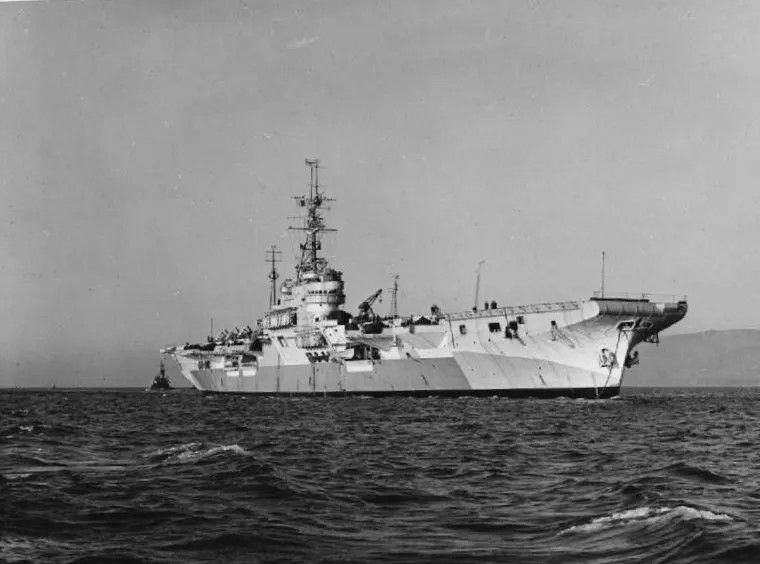
Commissioned amid the backdrop of a world in turmoil, HMS Glory was a product of the Royal Navy’s dedication to maritime innovation and strategic prowess. Designed to operate aircraft efficiently, she was equipped to launch and recover planes, providing crucial air support for naval operations. However, the timing of her commissioning meant that she would not see active combat during the war.
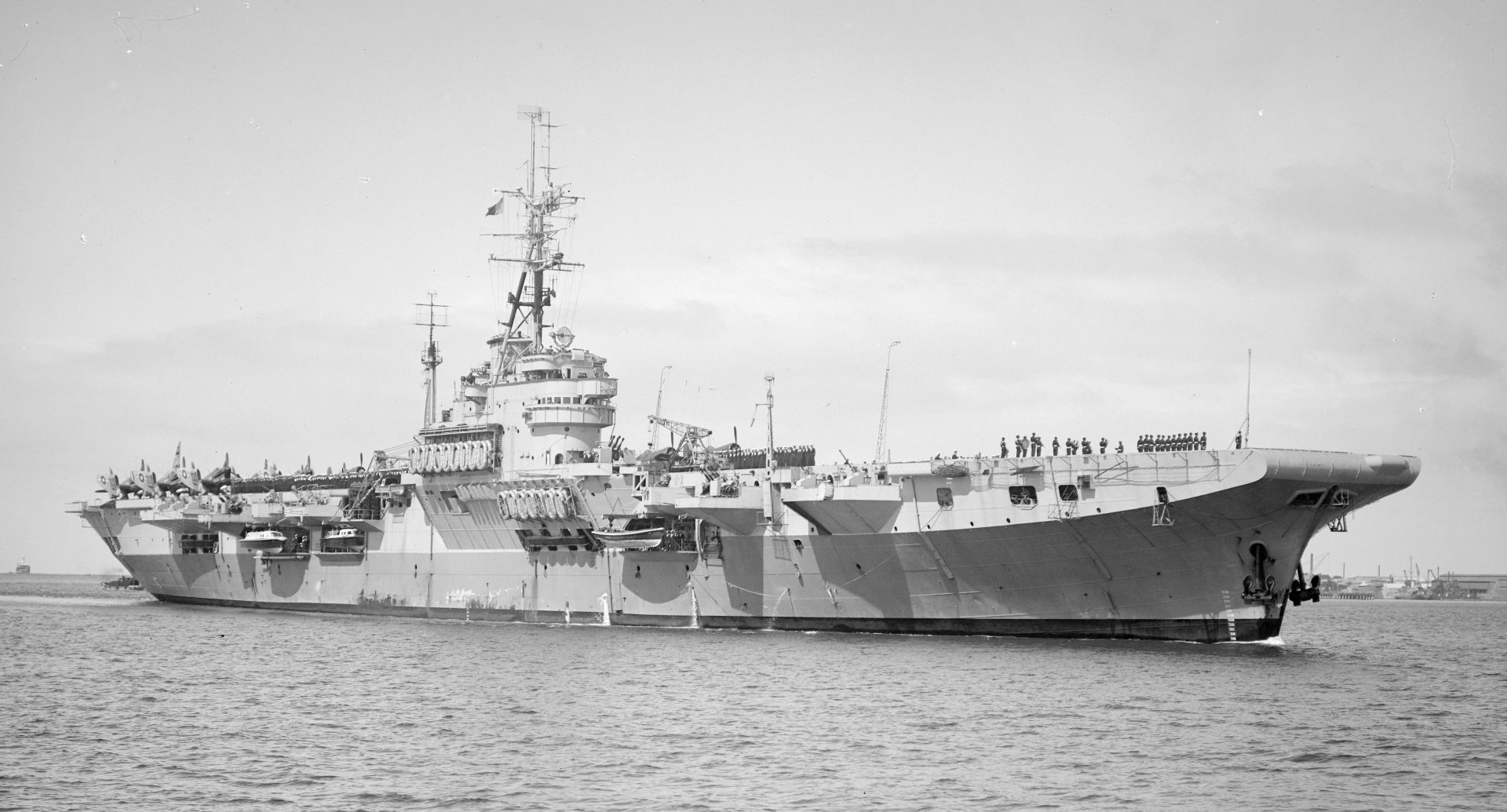
After her commissioning, HMS Glory joined the British Pacific Fleet, poised to support operations in the Pacific theater. Unfortunately, she arrived too late to participate in the intense battles that defined this phase of the war. Nonetheless, her journey would take a historical turn when she became a witness to one of the war’s most significant moments—the surrender of the Japanese garrison at Rabaul.
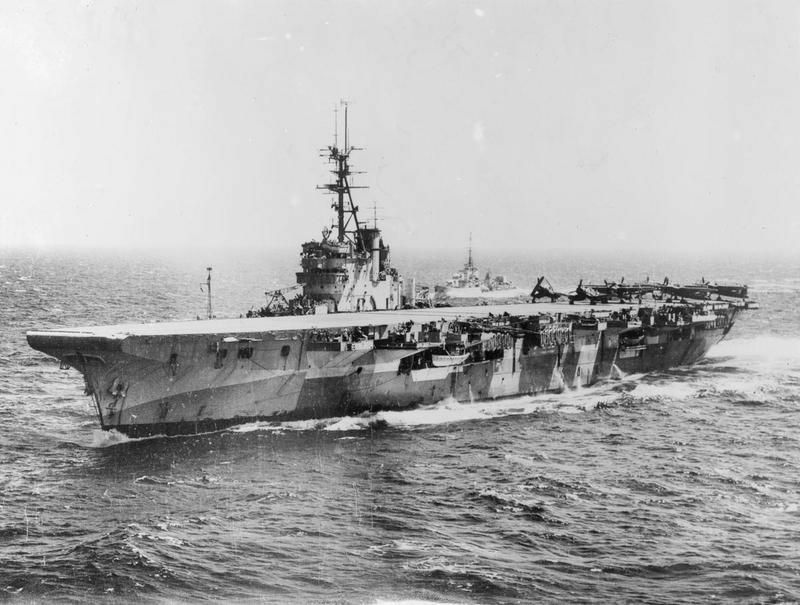
On September 6, 1945, as the world celebrated the end of the war, the Japanese forces at Rabaul surrendered on the flight deck of HMS Glory. This event symbolized the closing chapter of a devastating conflict that had ravaged nations and altered the course of history. The sight of enemy combatants surrendering aboard a British vessel was a poignant reminder of the war’s conclusion and the dawning of a new era of peace.
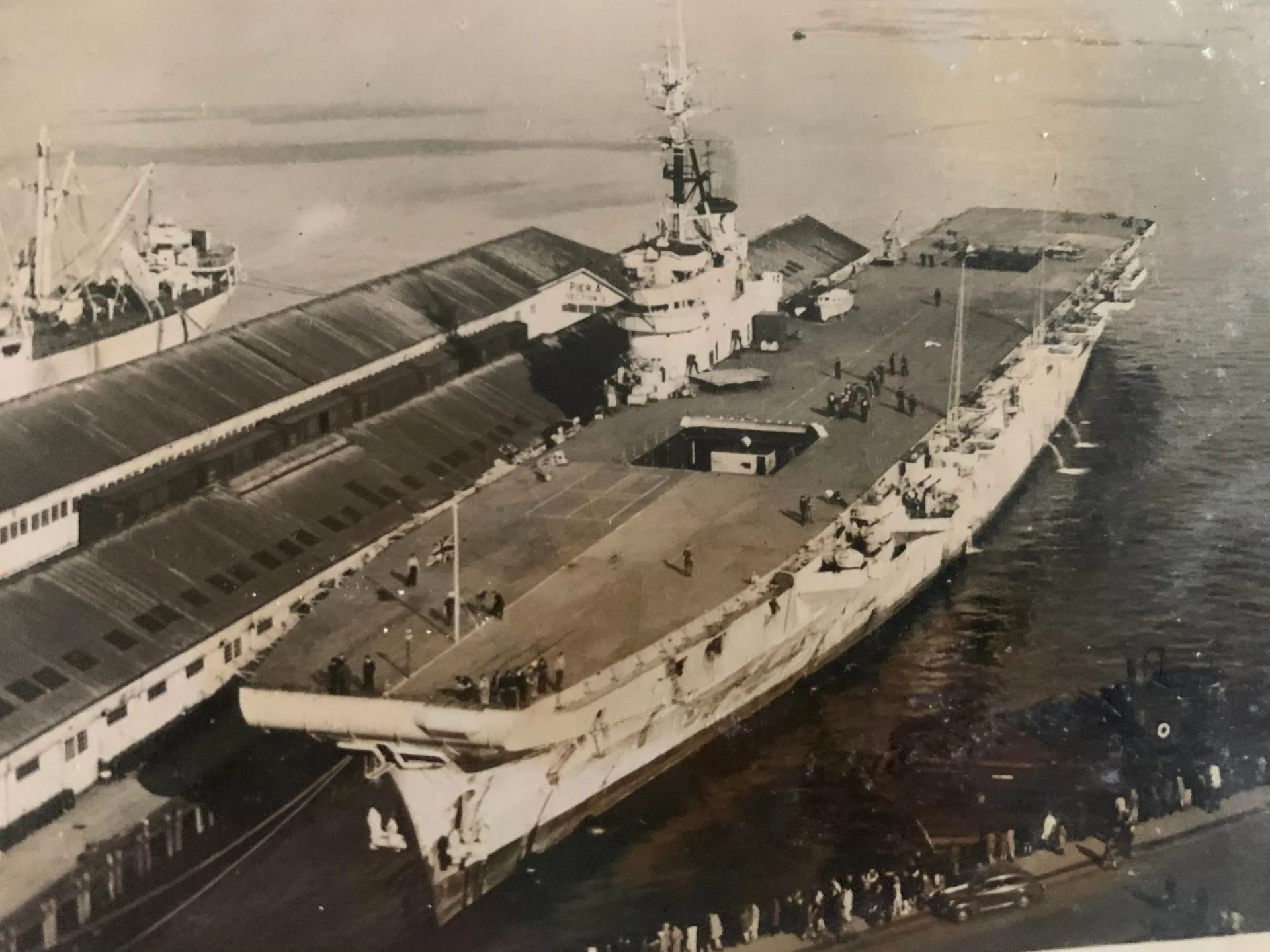
HMS Glory’s legacy extends beyond her commissioning in the Clyde Estuary. While she may not have engaged in combat, her role in the surrender at Rabaul highlights the carrier’s significance in the transition from war to peace. The ship stands as a testament to the resilience and adaptability of the Royal Navy during one of history’s most tumultuous periods.
In reflection, HMS Glory (R62) serves not only as a vessel of the British Navy but as a historical marker, encapsulating the bravery, sacrifice, and eventual triumph that characterized World War II. Her commissioning in the Clyde Estuary and subsequent involvement in the Japanese surrender underscore the complex narrative of a world at war, forever changed by the events that unfolded on and off her decks.


